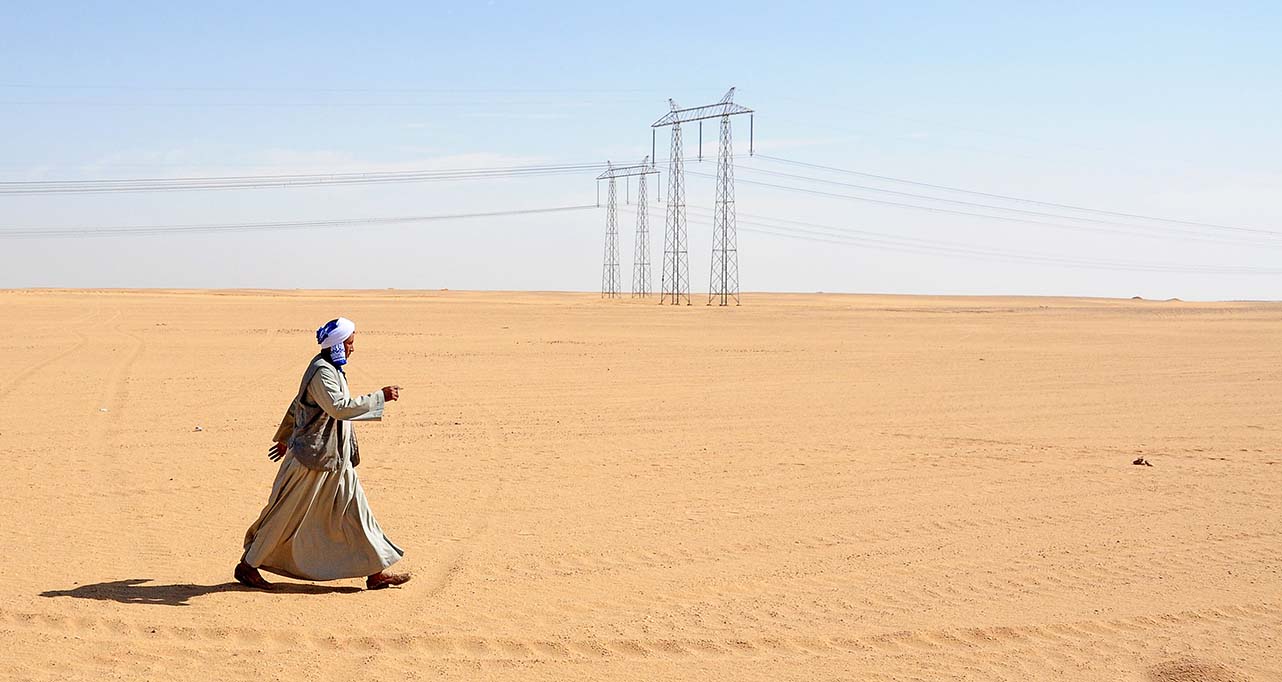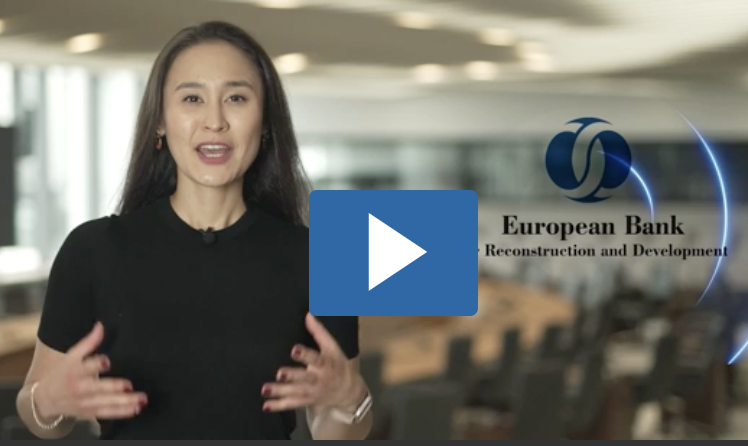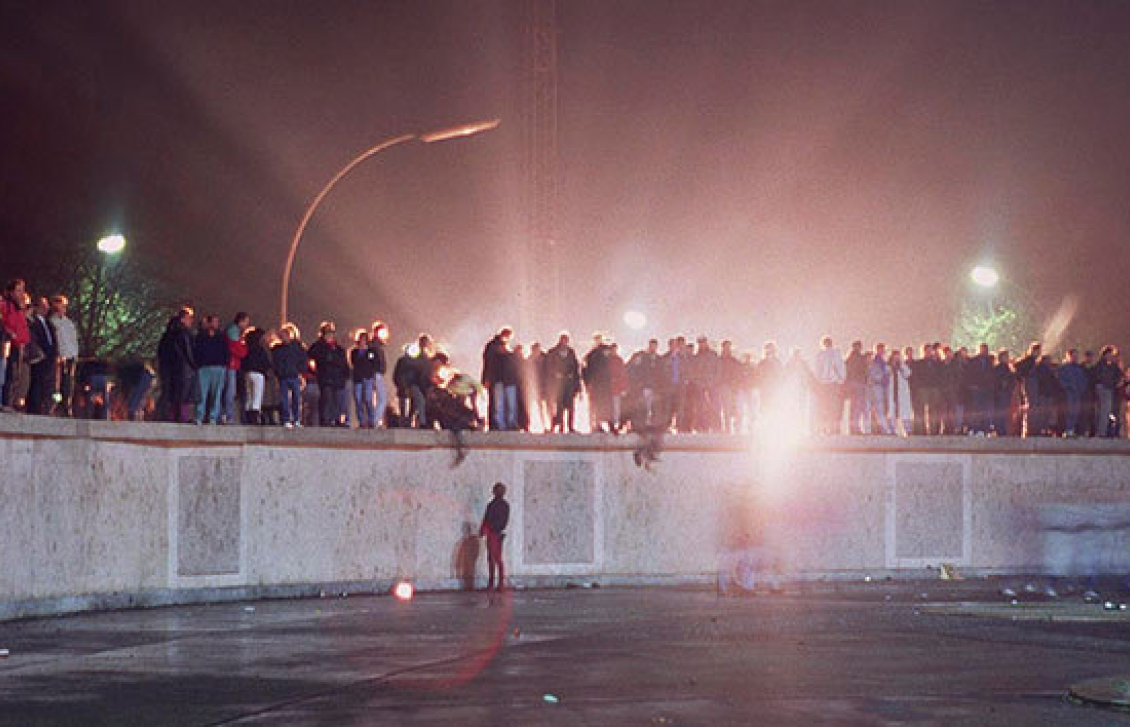These cookies cannot be disabled. They are essential for core functionality in ebrd.com to ensure a seamless and secure experience.
Commitment to the market and entrepreneurship
The EBRD is committed to furthering progress towards ‘market-oriented economies and the promotion of private and entrepreneurial initiative’. This has been its guiding principle since its creation at the beginning of the 1990s and, new challenges and the welcoming of new countries to the EBRD world notwithstanding, will continue to be its mission in years to come.
Our focus is on delivering prosperity by enabling a well-run and sustainable private sector. We do this with our unique business model, combining financing, advice and policy reform.
A turning point in the history of Europe
The EBRD was set up in haste to meet the challenge of an extraordinary moment in Europe’s history, the collapse of communism in its East. In fact, a mere 18 months elapsed between the first mooting of the idea of a European development bank, by President François Mitterrand of France, in October 1989 and its opening for business with headquarters in London in April 1991.
Urgency and the ability to respond to momentous events swiftly and decisively, whether it be the end of the Soviet Union, financial crises, the ‘Arab Spring,' the coronavirus pandemic or the war on Ukraine have been among the EBRD’s hallmarks from the start.
During the frenetic years of the early 1990s the EBRD’s emphasis on the private sector as the main driver for change in central and eastern Europe was vindicated many times over. This was the period that established the EBRD’s reputation as an expert on transition to the open market.
It was heavily involved in areas such as banking systems reform, the liberalisation of prices, privatisation (legalisation and policy dialogue) and the creation of proper legal frameworks for property rights, all vital ingredients for change.
This period also witnessed the start of the EBRD's work to help safeguard and transform the site of the Chornobyl disaster in Ukraine and its involvement in nuclear safety elsewhere as well.
The EBRD's unique mandate
Uniquely for a development bank, the EBRD has a political mandate in that it assists only those countries ‘committed to and applying the principles of multi-party democracy [and]pluralism’.
Our support for the private sector is at the heart of our work – with a target that it should exceed three quarters of our financing each year. This is helped by other strategic goals that support sustainable market economies, such as ensuring good governance, supporting economic resilience and inclusivity, and taking steps to improve connectivity between economies.
Safeguarding the environment and a commitment to sustainable energy have also always been central to the EBRD’s activity. A commitment to promote ‘environmentally sound and sustainable development’ was made explicit at its founding.
More recently, our Green Economy Transition approach has made climate finance a key measure of the Bank’s performance. We are committed to ensuring that, the majority of our business volume is green and that all our projects are fully aligned with the Paris Agreement.
The coronavirus pandemic of 2020 was a huge challenge to the countries where the EBRD works, all our shareholders and the Bank itself. The EBRD responded by committing all its activity in 2020 and 2021 to countering its economic impact.
The EBRD serves the interests of all its shareholders - 77 countries from five continents plus the European Union and the European Investment Bank - not just those countries which receive its investments (a record €16.6 billion in 2024). At the same time, the number of EBRD shareholders is still increasing; recent new members include China, India, San Marino, Libya, United Arab Emirates, Algeria, Iraq, Benin, Côte d'Ivoire, Nigeria, Kenya and Senegal
However many shareholders the EBRD has, we all stand to gain from the EBRD regions' closer and deeper integration into the global economy and their economies’ continued progress on their transition journeys.
Today it is based in the headquarters in London's Canary Wharf, premises which were officially opened by King Charles III in March 2023. And, from its home, the Bank is doing more than ever before – across three continents – to help the regions where it works on their way.
Presidents of the EBRD
Watch: 'the Bank that's changed lives'
Produced for our 30th anniversary celebrations, this video takes a look back at how the EBRD, founded in 1991, soon after the collapse of communism in Europe, is continuing to evolve more than 30 years on: addressing current crises and rising to the most pressing challenges of today and tomorrow.




